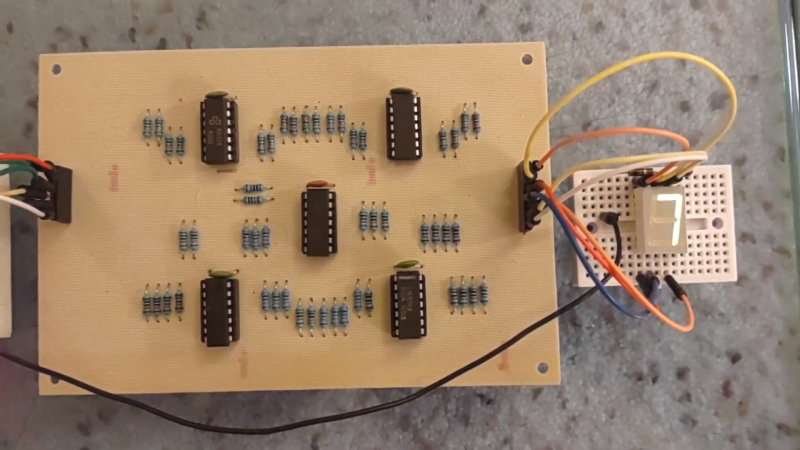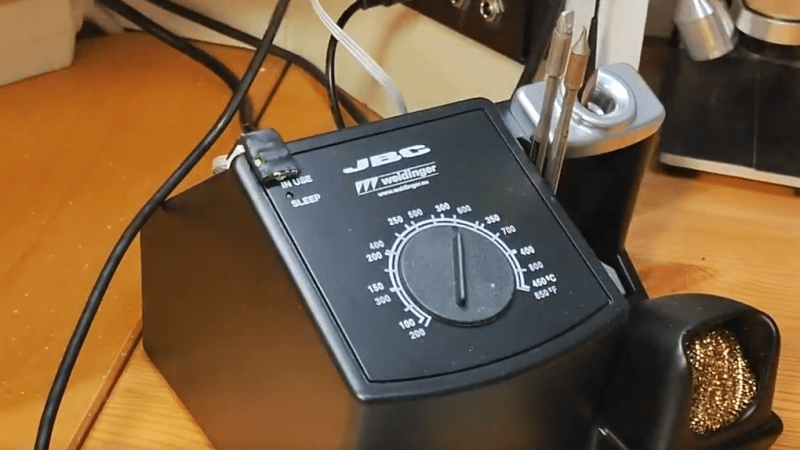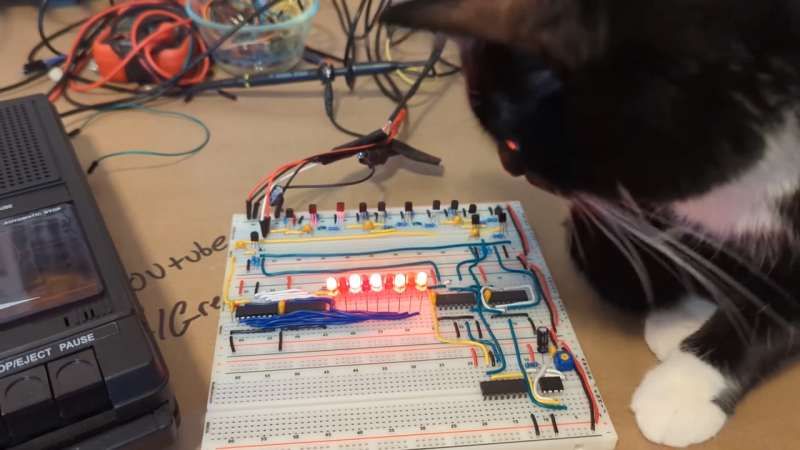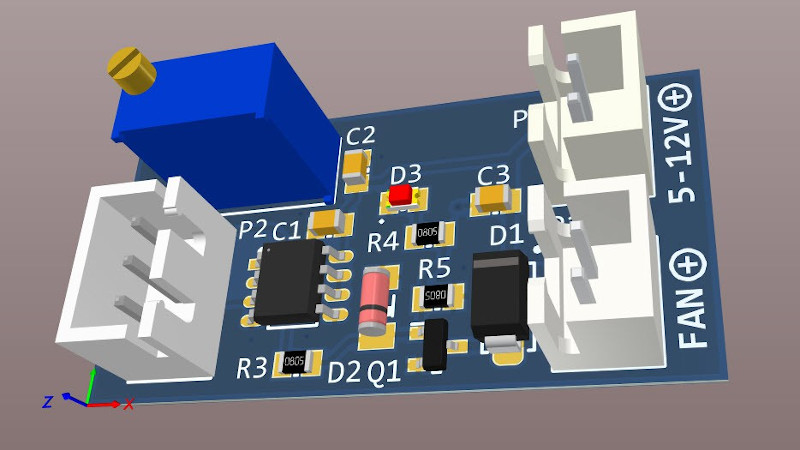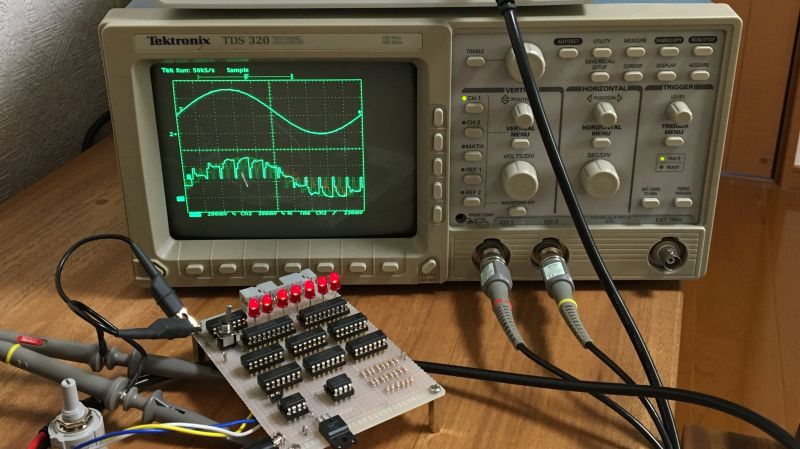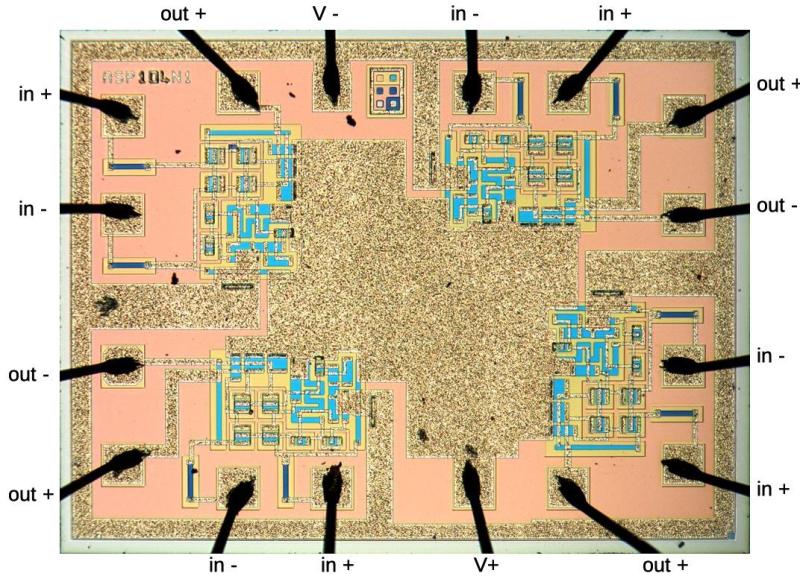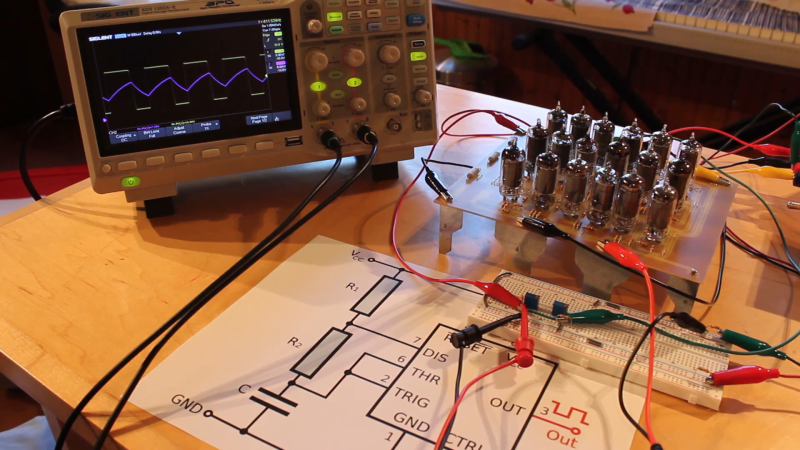Regular readers may recall we recently covered a neat Arduino trick that allowed you to “blow out” an LED as if it was a candle. The idea was that the LED itself could be used as a rudimentary temperature sensor, and the Arduino code would turn the LED on and off when a change was detected in its forward voltage drop. You need to oversample the Arduino’s ADC to detect the few millivolt change reliably, but overall it’s pretty simple once you understand the principle.
But [Andrzej Laczewski], like many of our beloved readers, feels the Arduino and other microcontrollers …read more
Continue reading LED “Candle” Gets the 555 Treatment→
